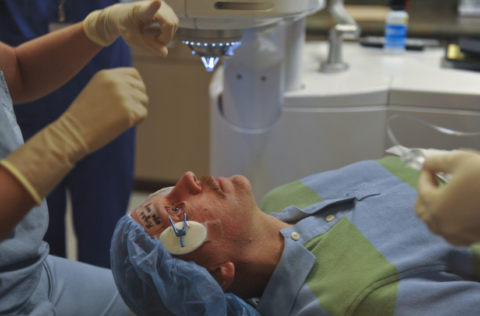Dual diagnosis treatment is an important aspect of mental health care that focuses on individuals who face the challenge of co-occurring disorders. These disorders typically involve a combination of mental health issues alongside substance abuse or addiction. Recognizing when someone might need dual diagnosis treatment is crucial to providing them with the appropriate care and support they require for recovery. This article will highlight ten signs that indicate someone may benefit from dual diagnosis treatment, enabling readers to understand this specialized form of therapy better.
1. Chronic Relapse
One sign that could indicate the need for dual diagnosis treatment is chronic relapse. If an individual repeatedly falls back into patterns of substance abuse despite previous attempts at sobriety, it might be an indication that there are underlying mental health problems contributing to their struggle. Dual diagnosis treatment offers comprehensive care by addressing both issues concurrently, increasing the chances of long-term success in recovery.
2. Difficulty Managing Emotions
Mental health disorders often have a significant impact on emotions, making it challenging for individuals to regulate and manage them effectively. Explosive anger, unremitting sadness, excessive anxiety, or unpredictable mood swings could signal the presence of underlying mental health conditions requiring dual diagnosis treatment.
3. Self-Medication
Some individuals resort to substance abuse as a way to self-medicate their undiagnosed mental health concerns. Alcohol or drugs might provide temporary relief from negative thoughts and feelings but ultimately exacerbate the situation in the long run. Identifying this pattern of self-medication can be an important indication that dual diagnosis treatment is necessary.
4. Impaired Functioning
When a person’s day-to-day functioning becomes significantly impaired due to their mental health and substance use challenges, seeking professional help becomes essential. Difficulties maintaining employment, academic performance struggles, and strained relationships with family or friends may all point to a need for comprehensive care through dual diagnosis treatment.
5. Withdrawal Symptoms
Experiencing withdrawal symptoms when attempting to quit substance abuse is indicative of a physical dependence on the substance. However, it’s also possible for individuals to experience emotional or psychological withdrawal symptoms. These internal struggles may be connected to an underlying mental health disorder that requires simultaneous treatment along with the addiction.
6. Co-Occurring Mental Health Diagnoses
Individuals who have existing mental health diagnoses and subsequently develop a substance abuse problem require intensive and specific support. Whether it’s depression, anxiety, bipolar disorder, or any other diagnosable condition compounding the use of substances – dual diagnosis treatment offers tailored strategies that address both issues in tandem.
7. Family History
A family history of mental illness or substance abuse can be an important indicator that someone may need dual diagnosis treatment. Genetic predispositions might make an individual more susceptible to developing co-occurring disorders, possibly requiring the integrated approach provided by dual diagnosis therapy for effective recovery.
8. Failed Attempts at Traditional Treatment
Individuals who have attempted traditional forms of addiction treatment without achieving sustained recovery should consider exploring dual-diagnosis treatment options. Addressing the underlying mental health issues alongside addiction can uncover vital insights and provide a more comprehensive approach to overcoming challenges and building a healthier future.
9. Social Isolation
Isolation and persistent withdrawal from social activities may indicate an individual’s need for dual diagnosis treatment. The presence of co-occurring disorders can heighten feelings of isolation and make it difficult for individuals to engage meaningfully with others without professional support provided by specialized treatments such as those offered in dual diagnosis programs.
10. Comorbidity Indicators
Comorbidity refers to the simultaneous presence of two or more disorders within an individual, such as depression alongside substance addiction. Recognizing common comorbidity indicators is crucial in identifying those who might benefit from dual diagnosis treatment programs’ integrated care approach.
Conclusion
Understanding the signs that indicate the need for dual diagnosis treatment is essential for promoting early intervention and effective recovery. Chronic relapse, difficulty managing emotions, self-medication, impaired functioning, withdrawal symptoms, co-occurring mental health diagnoses, family history, failed attempts at traditional treatment, social isolation, and indicators of comorbidity can all serve as important factors, suggesting that dual diagnosis treatment might be necessary. It’s through specialized programs like these that individuals with co-occurring disorders can find the support and care they need to address both mental health challenges and addiction simultaneously on their path toward lasting recovery.

Daniel J. Morgan is the founder of Invidiata Magazine, a premier publication showcasing luxury living, arts, and culture. With a passion for excellence, Daniel has established the magazine as a beacon of sophistication and refinement, captivating discerning audiences worldwide.





